refers to the awareness and education of risks and potential dangers in and around a home which may cause bodily harm, injury, or death to those residing in and around the physical structure of a home.
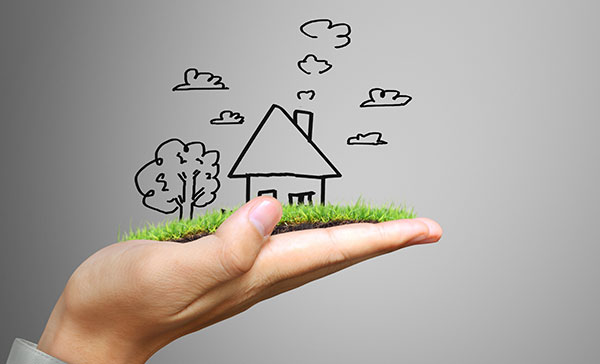
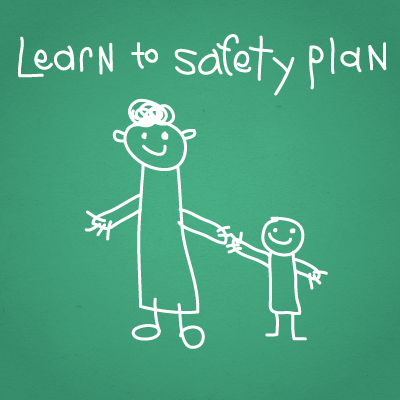
Family safety plans are an essential tool in fire safety because the plan helps family members to identity a fire escape plan. Components of a family fire safety plan include, marking two ways out of every room, a safe place for members to meet outside of a burning home, and essential emergency phone numbers. It is important to practice fire escape plans. Home fires can start and spread quickly, which is why we all need to be careful and educated when it comes to fire safety. Just a little bit of planning can make a big difference for your family.
There are five different classes of fires; A, B, C, D, and K. Class A consists of burning paper, wood, cloth or other combustible solids. Class B consists of liquids and gasses such as propane. Class C fires consist of electrical fires. While class D fires (which is less common) consists of burning metal and class K fires (the most common) consists of kitchen type materials, i.e., grease and oil.
Use a variety of substances to put out fires; dry powder, dry chemical, water, carbon and foam. Since different substances burn differently, fire extinguishers are labeled (and often color-coded) according to the type or class of fire they can extinguish. It is therefore necessary to choose the correct fire extinguisher for home use.
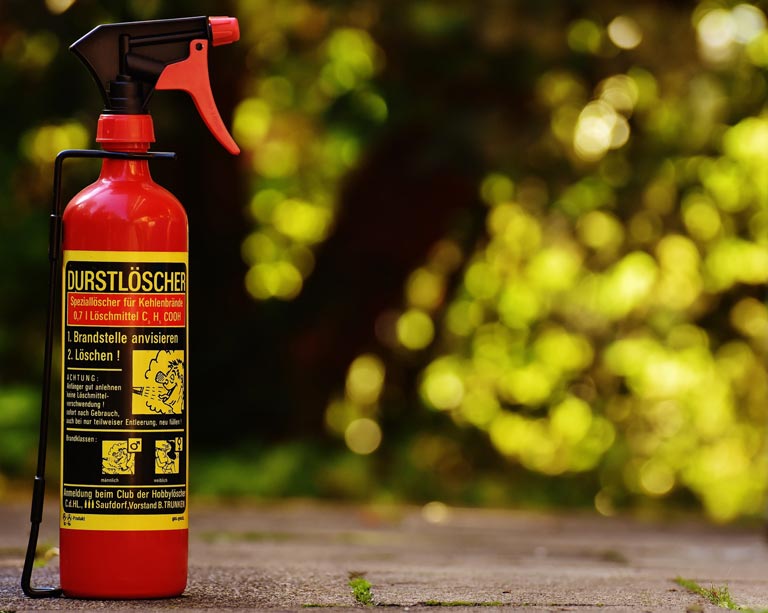
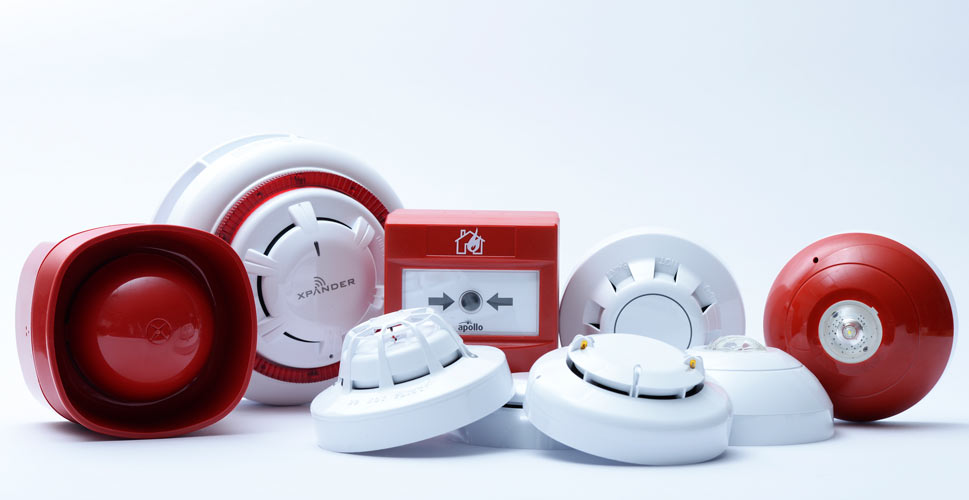
Generally sound an audible and/or visual alarm. Smoke alarms are usually housed in a disk-shaped plastic enclosure about 6 inches in diameter and 1 inch thick and are often powered by a disposable battery.
Heat detectors are a device that responds to changes in ambient temperature. Heat detectors are not meant to replace smoke detectors. They are often placed in rooms where standard smoke detectors are not suitable, such as laundry rooms, garages, and attics

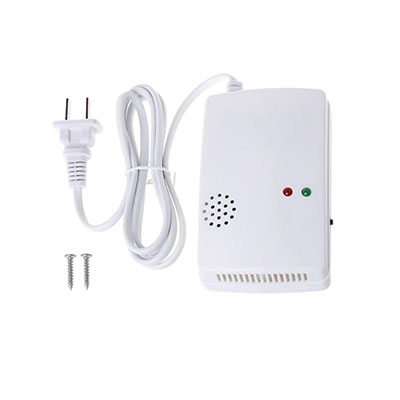
Gas detectors located in key areas inside the home is a preventative measure against gas leakage. It is recommended having a gas detector in the kitchen and bathrooms
Training is much recommended to the parents, people working in a children communities.

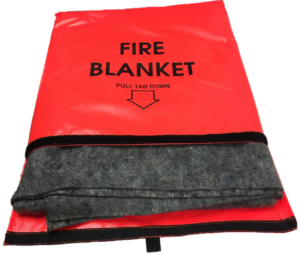
Fire blankets are designed to smother class F fires. That means flame that is fuelled by cooking oils and fats. Naturally, fire blankets are installed in kitchen environments, where the chance of a class F fire is the highest.
Closed Circuit Television (CCTV), also known as video surveillance, is the use of video cameras to transmit a signal to a specific place. The term CCTV is most often applied to those used for surveillance in areas that may need monitoring such as banks, casinos, airports, military installations, and convenience stores. The CCTV System serves as a most effective medium to detect early signs of danger and also provides you with the visual proof of a security breach.
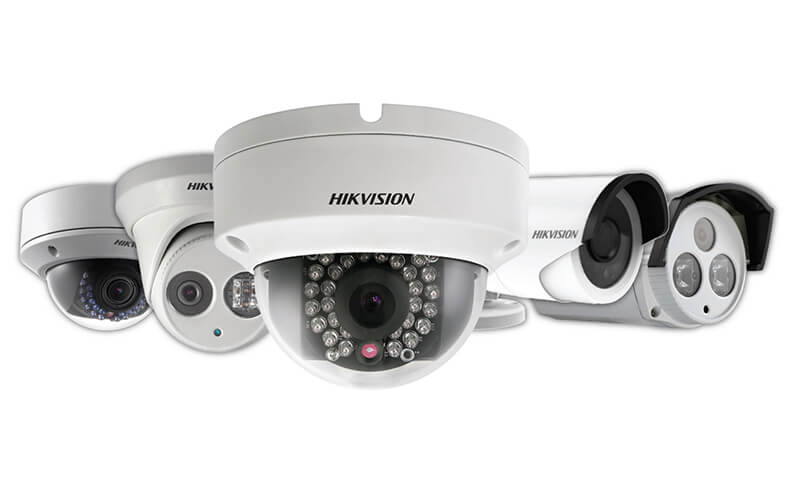

Intrusion Alarm System is a system designed to detect intrusion – unauthorized entry – into a building or area. Security alarms are used in residential, commercial, industrial, and military properties for protection against burglary (theft) or property damage, as well as personal protection against intruders.
Whilst firefighting equipment is important during an emergency when a flame is out of control, you need to evacuate your building. Emergency light and exit signs will help to provide a clear path to an exit during a fire. Having clear signage and lighting will help contain panic and guide your family members to an appropriate exit in time. Emergency and exit lights need to be maintained according to international standard for Emergency escape lighting and exit signs


First Aid Kit will have you prepared for any potential emergency at home, in the office or on the go.
A well-stocked first aid kit is a handy thing to have. To be prepared for emergencies:
First aid kits come in many shapes and sizes. Whether you buy a first aid kit or put one together, make sure it has all the items you may need: